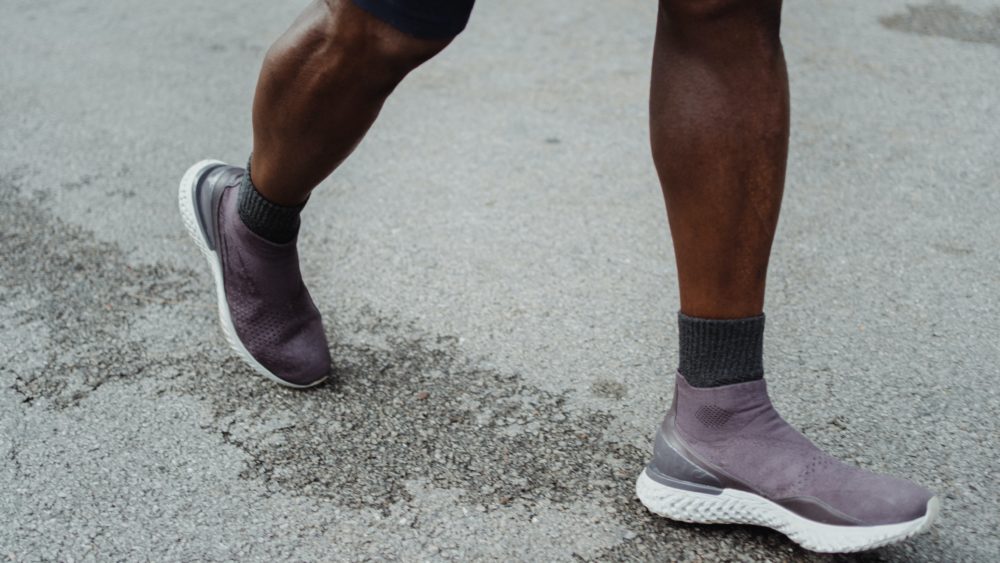
I’ve had three knee surgeries in my time and have come to learn a tremendous amount about the knee. As someone who has had to deal with a recovering knee on multiple occasions, I can tell you it is a MAJOR part of human performance. Basically, any athletic movement is going to require a fully-functioning knee. If you’re experiencing any kind of knee pain or limitation, this is the blog for you. I’ll discuss all the major ligaments and tendons of the knee and perhaps give you some insight as to why your knee is giving you problems.
The knee is a classic hinge joint. This is something that doesn’t get discussed NEARLY enough by coaches in youth sports or sports in general. A hinge joint is not like a ball and socket joint. Your shoulder/hip are true ball and socket joints. Those types of joints are truly mobile. They have the ability to move in a myriad of different angles and planes. The knee does NOT. The knee is meant to move in ONE direction and one direction ONLY. It is solely meant to either open or close. That’s it. Although it has the capability to do so, the knee was NOT meant to rotate. This is how 99% of all major ligament damage occurs, especially in sports. The foot is planted while an athlete is changing direction and the knee experiences a massive shearing force through which the ligaments or cartilage is not meant to handle.
The knee joint is really composed of just 3 major bones. The femur, the tibia and the patella or kneecap. The patella attaches onto the end of the femur and allows for the opening and closing of the knee that I described earlier. The knee joint is also only made up of a few ligaments and cartilage. The lateral collateral and medial collateral ligaments keep the knee from rotating. The anterior cruciate ligament and posterior cruciate ligament keep the femur from sliding forward or backward. And then finally, you have the meniscus, which is a fluffy piece of cartilage that keeps the femur and tibia from rubbing up against each other.
All these moving pieces allow for just two things. Rapid knee EXTENSION, opening of the knee, OR rapid knee FLEXION, closing of the knee. None of these things have any real capacity for allowing the knee to rotate or move laterally.
Now, there’s really just two major muscle groups that support all this movement. That is the quadriceps, which it has actually been discovered recently that there’s a 5th muscle to the group so maybe we should start calling it the “quinticeps” and the hamstring. The quads role is to extend the knee, while the hamstrings role is to flex the knee. That’s it.
Now, if you’re dealing with knee pain there are really only two kinds. There’s either acute trauma: You were doing something, felt a pop of some sort and then noticed some swelling around the knee. Or, there’s gradual aches: You woke up one morning and there was just an ache to your knee. The former is the worst of it. If you were doing something, felt a pop, and noticed immediately loss strength in the knee or swelling in the knee, it’s likely you tore a ligament or cartilage. These injuries can heal on their own but your knee will never be the same. These types of injuries are best fixed by surgery.
The latter just requires some recovery attention. These are the everyday type of injuries a lot of us have. They’re like a pebble in your shoe, just a nuisance. You can quickly rid yourself of these aches by massaging the muscles around the knee and restoring range of motion via some significant stretching.
If you have further questions about the knee, feel free to reach out to us!
